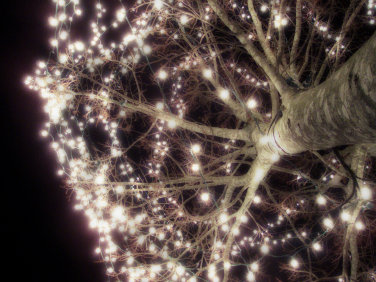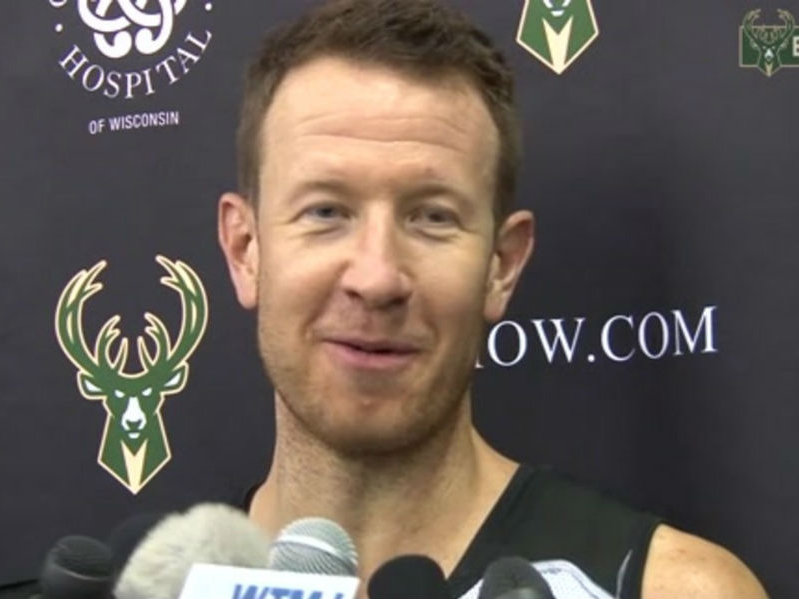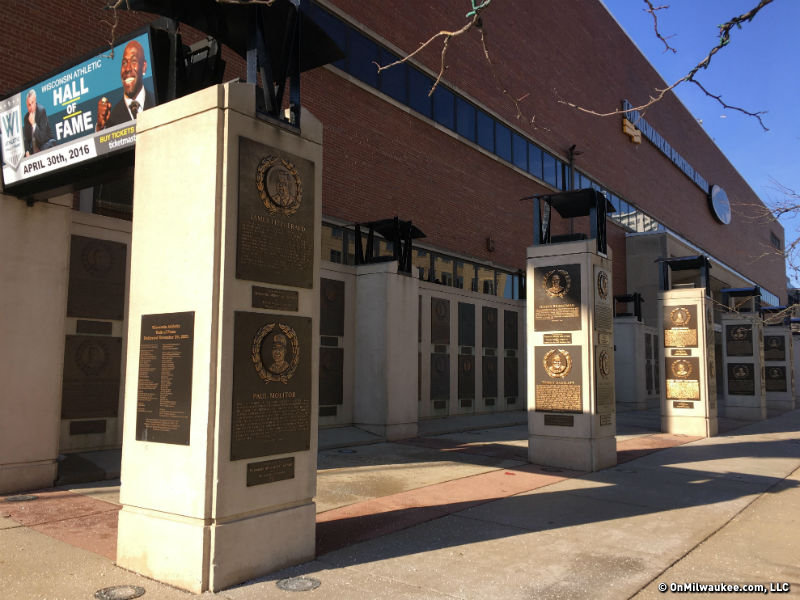Families nationwide will open their presents this Christmas with a little piece of Wisconsin right in their living rooms.
The state is the fifth-leading producer of Christmas trees in the United States. Only Oregon, North Carolina, Michigan and Pennsylvania produce more.
More than 1.8 million trees, grown on nearly 1,400 farms encompassing 36,000 acres are harvested in Wisconsin each year. Christmas trees are a major part of the state's agricultural commerce, pumping more than $50 million into the state economy each holiday season.
"Buying a real Wisconsin Christmas tree does a lot of good things," says Cheryl O'Brien, the 62nd Wisconsin Alice in Dairyland, who is also a spokesperson for the state's agricultural industry. "Buying a Wisconsin-grown Christmas tree helps support our local farmers, producers, communities, economies, and all Wisconsin agriculture."
One of those producers is New Berlin's Randy Cooper.
Cooper and his wife, Karen, operate Poplar Creek Tree Farm. They began planting on 15 acres of her father's farm land in 1994. By 2002, they began selling trees to the public.
A forester by trade, Randy Cooper says they got into the business as a way to generate some extra income.
Trees, he says, take between six and eight years to mature. But between planting and harvesting, there is plenty of work to do. Each June, Cooper begins the process of trimming and pruning his acreage. It's a time-consuming process, but vital to a successful tree business.
"Spring is planting, you shear from the summer into the early fall," Cooper says. "Some growers mow between the rows to keep weeds down.
"Especially with young trees, weed control is very important."
At his farm, customers get to walk the land, select and fall their own trees, which run between $25 and $40 depending on the variety.
Cooper's farm is like many in Wisconsin; small and family-run. About 39 percent of the state's tree farms encompass less than 10 acres while less than 13 percent are 50 acres or larger.
"A lot of the wholesale producers take their trees across the country," Cooper says. "And often, depending on demand, they run out."
Like any other commodities, Christmas tree producers are subject to economic -- and meteorological -- realities. In a down economy, people are more inclined to purchase longer-lasting artificial trees.
Bad weather, like last year's record snowfalls, can also have an adverse effect on sales.
"Sales were down last year a little bit, which could have a lot to do with the two feet of snow we had on some weekends," he says. "We were plowing while we were selling trees."
Still, Cooper and other members of the Wisconsin Christmas Tree Producers Association point to the benefits of real trees, namely their environmental benefits.
Trees, he says, are a renewable resource. While growing, they produce oxygen. And, when harvested, they make for good mulch. Many communities have recycling programs for Christmas trees, which are often times ground into chips for a number of uses after the season.
"Live trees were green before green was in," says Cooper.
Cooper, though, offers another strong argument to going "real" this Christmas: "Santa leaves the best presents under real Christmas trees."







